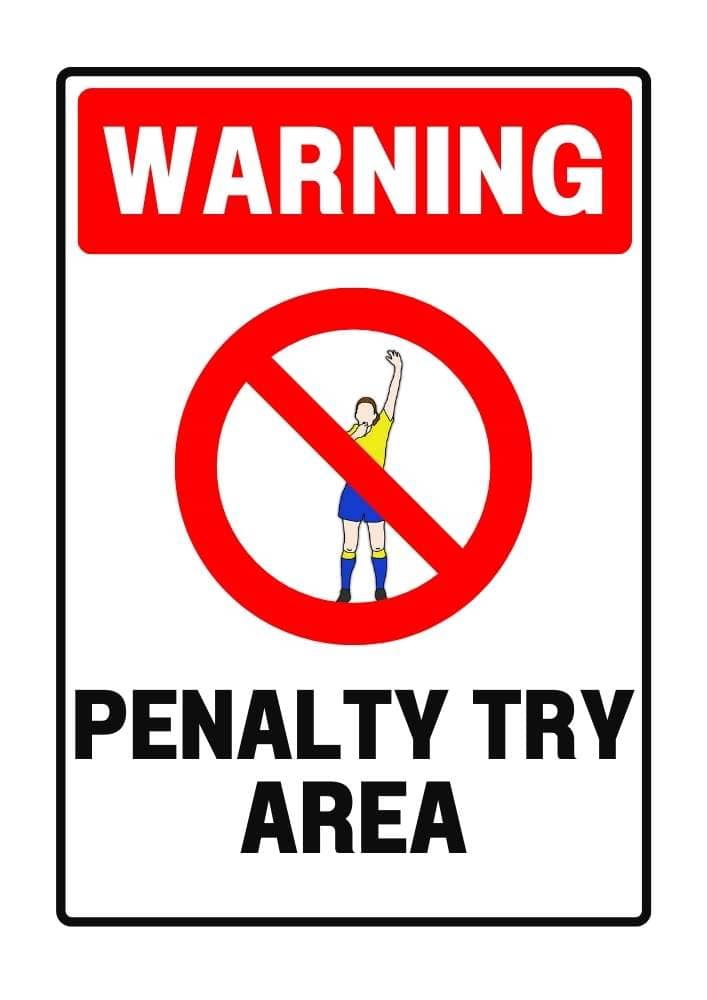A mark in Rugby Union refers to a player catching the ball cleanly from a kick made by an opponent, while being inside their own 22-meter area. When the referee awards a mark , the player who caught the ball is given the option to take a free kick from the spot they made the catch, without interference from the opposition. However, provided the opposition are 10 metres away prior to the mark being taken, once the player who is taking the mark starts to move, the opposition can charge them down.
The ‘Mark’ has been around since the earliest days of rugby union and features in many other sporting codes such as Aussie Rules & Gaelic Football. Previously known as a ‘fair catch’ in the earliest days of the sport you could call a Mark anywhere on the field to allow you to play the ball without interference from the opposition. This rule remained in place and it was only in 1971 when the rules were changed to a Mark only being called within the 22 metre line.
When can you call a Mark in rugby?
A player can call a Mark at any stage of the game once the ball has crossed into your 22 provided it’s not from a restart kick and if in the air you land in your own 22 (not out of play or outside it).
What is the point of a Mark in rugby?
For the defending team, it acts as a way to safely deal with any ball in the 22 and gives you the opportunity to ‘clear your lines’. From a broader viewpoint of a benefit to the game, the Mark discourages endless kicking into the opponents 22 for territory. It also adds to the defensive peril, in that the player attempting to call the Mark is more than likely under pressure from the opposition and therefore has added stress placed on their skillset as they attempt to catch the ball cleanly without knocking the ball on or in to touch. For this reason you will often see players leave a potentially catchable kick for fear of not being able to catch it cleanly.
Can you tap and go from a mark rugby?
You can. The Mark is a free kick, so you can choose to tap and go or even take the scrum. If choosing to kick this must be done within one minute of the mark being awarded or the decision will be a defending team scrum.




Question…if a player catches in the 22, then moves before calling a mark, should the referee still award the mark?
I’d say, like many of our glorious laws, that would be entirely up to the referee on the day’s interpretation. The letter of the law states that ‘Mark’ should be called simultaneously as the ball is caught, however I’m sure it wouldn’t take long to find many examples of Marks given where this was not the case.